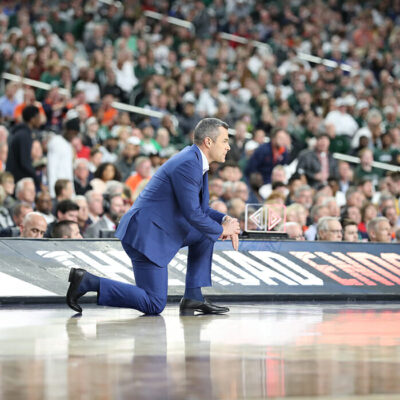Just north of Monticello lies a relic of one of the less illustrious aspects of Charlottesville’s not-too-distant past. The Blue Ridge Hospital housed tuberculosis patients until 1978, but has since gone into disrepair as it has passed through the hands of a number of organizations, all unsure of what to do with the 142-acre property. The site is a hodgepodge of 37 buildings built between the 1870s and the 1950s.
The UVA Foundation, which has owned the property since 2000, has come up with a solution, but not everyone is happy with the organization’s approach. The Foundation has submitted a proposal to Albemarle County building officials that would see all but 11 structures at the site demolished and the property eventually converted to a research park.
The buildings that face demolition, says Foundation CEO Tim Rose, pose environmental hazards, are not viable for re-use in the proposed research park or lack historical significance.
 Of the 37 dusty buildings that comprise the former Blue Ridge Hospital, all but 11 are slated for demolition. The UVA Foundation plans a new research park on the site off Route 20 in the coming years. |
The former point is difficult to contest given the asbestos, lead paint and mold that a potential developer would run into in many of the buildings. But the latter two require a level of judgment that some locals are concerned has not been adequately considered. Dan Bluestone, an architectural historian at UVA, has for years called the treatment of the facility “demolition by neglect” and has recently expressed puzzlement at why broader preservation efforts are not planned.
A visit to the property confirms Bluestone’s assessment: Dilapidated buildings creak in a field of waist-high grass and weeds. A guard from the Albemarle County Sheriff’s Office waves off would-be trespassers, but the brief glimpses afforded from the road reveal a scene more like a Dust Bowl-era farm than a former health care facility.
Rose insists that the UVA Foundation has addressed the concerns of Bluestone and others and has simply reached the conclusion that extensive redevelopment is untenable. “For example,” says Rose by e-mail, “a ranch house offers little potentially useful space and has little meaning to the history of the property. Other buildings are sited in ways which make access and adaptive use difficult; some other buildings have internal space arrangements which render them difficult and extremely expensive to renovate.”
The condemned buildings don’t have much time. Rose says that, assuming the UVA Foundation gets the go-ahead from the county, demolition is scheduled to begin within the next month. There is currently no timeline or blueprint for the research park that will replace the structures.
C-VILLE welcomes news tips from readers. Send them to news@c-ville.com.





